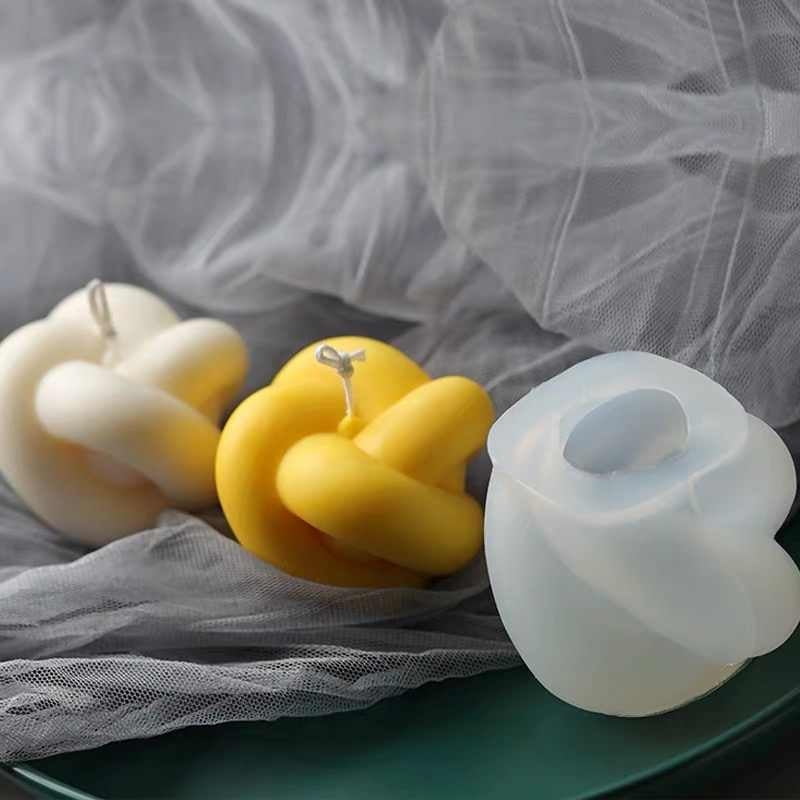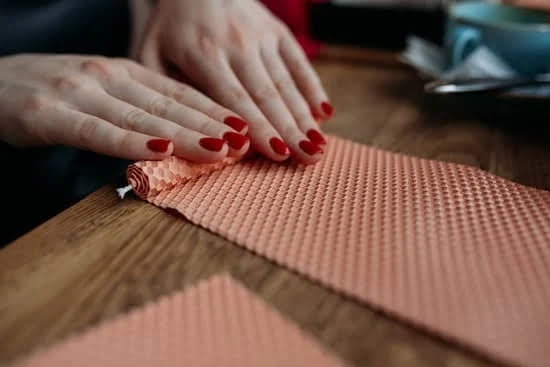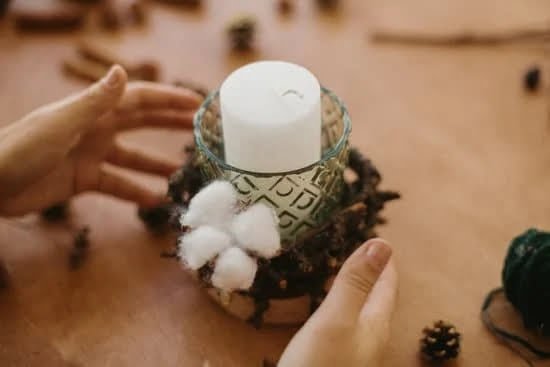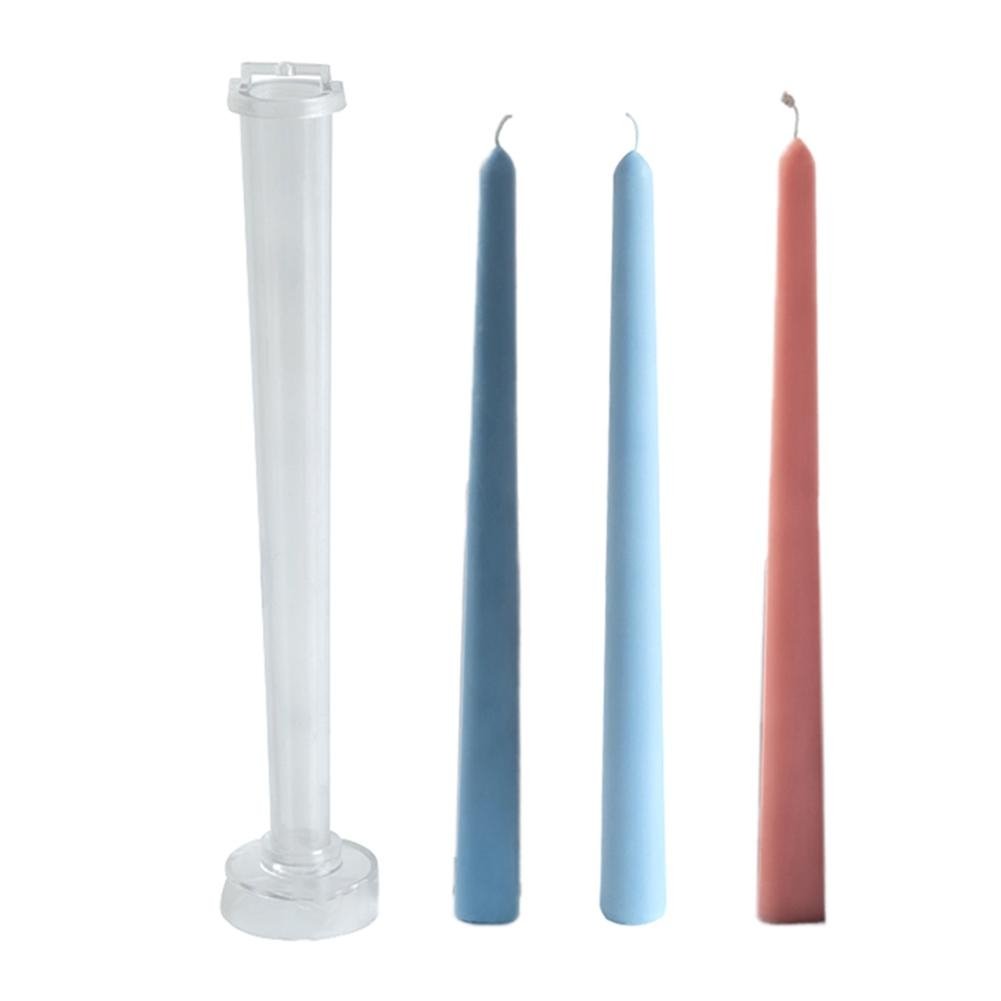Introduction to Candle Sconce Making
Stained glass candle sconces are an elegant form of decoration for a home or other space. They offer a unique, eye-catching way to set the mood, making any room feel special. Making a stained glass candle sconce can be an absorbing and rewarding hobby. To make one, you will need several materials, tools, and techniques.
Materials used to make a stained glass candle sconce can vary depending on the look and feel you want your piece to have. The main element is obviously the stained glass itself. Then there is also glass cutters and pliers, lead came (a material used to frame the glass shapes) soldering supplies such as copper foil tape and solder, plus various adhesives such as putty or glue.
Tools for making stained glass candle sconces usually include miter boxes (useful for cutting perfect angles on lead came sections), soldering irons to adhere pieces together with solder and copper foil tape, adhesive spreaders or toothpicks to apply glue evenly across pieces of glass or lead came sections, glass grinder (useful in shaping edges of pieces accurately), various tweezers for manipulating tiny elements of your project into place, pattern markers to trace designs onto pieces of glass, plus swing arm magnifiers which help you see tiny irregularities in your craftsmanship.
Making a stained glass candle sconce is something that gives you great pride in being able to create something beautiful with your own hands; a sense of accomplishment from taking scraps of metal wire and sheets of colorful glass, constructing them into a functional art piece worthy enough for display! It also offers an opportunity for personal expression; you can choose different colors for each piece or design intricate patterns that reflect your character or style.
Choosing the Right Material
When making a stained glass candle sconce, one of the most important decisions is choosing the glass material. Different types of glass vary in both look and durability. Traditional stained glass is often made from leaded glass, or pieces of cut or rolled colored glass held together by a metal frame with inserts filled with epoxy or putty to secure them. This type of stained glass is strong and durable, but too heavy and brittle for projects like a candle sconce.
Other types of art glass include opalescent (or rolled) glass, Kokomo (or Tiffany-style) art glass, which has an iridescent finish that adds depth and dimension to any project; mosaic tiles made from cut pieces of different colors; faux stained glass films that have already been fused together; and beveled pieces featuring multiple layers of clear and colored crystal prismatic patterns. Each type of art glass has its own advantages and limitations due to texture, size, shape, appearance, strength, transparency and weight. It is important to consider these varying aspects when selecting the best type for your specific project. For instance, if you want something light-weight but strong enough to hold up against wind gusts or moisture then traditional leaded stained glass may not be your best option . On the other hand if you’re looking for a brighter design with more vibrant colors then Faux Stained Glass Films might be better suited for your project . While each type of art glass will offer unique visual properties there are also common factors like cost , availability , ease of use , government regulationsary policies that should also be taken into consideration when choosing the right material. Ultimately it is up to you as the artist weighs all these factors before picking out the right material for your masterpiece!
Preparing the Glass
1. Pre-cutting the glass: Measure the glass to fit your desired design and outline it with a felt tip pen. Use a manual glass-cutter to score along the outline. Place both hands on either side of the scored line and press firmly toward each other until you feel and hear the glass break apart. Assemble the pieces together on newspaper and use a grinding tool to smooth any sharp edges.
2. Grinding: With safety glasses, grind off any ragged edges on the cut glass using a hand grinder set at low speed to not overheat the glass. To get good results, move quickly back and forth through each area where grinding is needed, but avoid excessive pressure when using your grinder as this will cause unwanted scratches.
3. Soldering: Work on one component at a time when assembling your sconce with copper foil tape soldering method. Take your time since crooked pieces or gaps between component’s won’t be pretty or safe with candle wax dripping (assuming you’re making this for use with candles). Clean off any excess solder from earlier solder runs before adding new components by heat source such as an electric soldering iron or propane & oxygen torch.
4. Assembly: Now that all your components are neat and square, look down at them from eye level to make sure everything is straight & square before cementing in place permanently .Add flux where copper foil pieces touch each other before starting assembly & properly position each piece in its place within your design patterns including top paneling panels & bottom hanger attachment points.. Always follow manufacturers’ instructions while using adhesives/cement so that it adhere successfully! Don’t forget to use flame treatment (using a handheld torch) on each section of foil wrapped glass prior to assembling as this helps create better connection between hot soldering gun/iron and foil contact surface keeping polarity in mind!
Color and Design Guidelines
When creating your stained glass candle sconce, it’s important to keep in mind the color and design choices you make. Selecting colors that fit into your home decor and match existing elements such as furniture, floors, walls and curtains is essential for achieving a balanced look. If opting for some extra visual interest, consider adding complementary colors throughout your design to draw the eye and create dimension.
Design-wise, think of how you want the sconce to light up when the candle is lit. How do you want its shape to appear in silhouette? Would fuller, elaborate patterns or smaller more simplistic patterns be more effective? When planning out your design, draw or trace it onto tracing paper first to test out different shapes or patterns until you’ve achieved a desired look.
As you work with glass and other materials such as lead came or frame channel strips remember that safety should always come first! Wear protection such as goggles or face shields when cutting glass to avoid injury from flying pieces of cut glass; wear gloves when soldering metal came against the metal grooves of foil strips; be certain the area is well ventilated for proper air circulation; practice filing down any rough edges with sandpaper before installation; measure twice before cutting once to get precision cuts. By taking these precautionary measures can help ensure your stained glass candle sconce comes out just right.
Accessories and Finishing Touches
Mounting your stained glass candle sconce is key to creating the perfect accent piece to any home or business. There are a variety of mounting methods available: wall hanging, nailed or screwed in place, standoffs, and chain supports. Each method will have its own advantages and disadvantages depending upon the size, shape and weight of the sconce as well as its intended location. Considerations also include aesthetics, convenience of use and display, lighting capabilities and whether there’s a need for an additional stabilizing support bracket.
In addition to mounting options, consider adding additional lighting components to your project such as LED strip lights that can be placed behind the sconce itself. For added visual interest try using colored lenses in the surrounding light fixtures. Additionally, you may want to enhance your sconce further with decorative finials secured on top for a unique twist; allowing it to transition from day to night without sacrificing function or style. These small touches allow for even brighter visuals for any outdoor setting like patios or walkways. Finally, finishing touches such as beading or etchings around the frame can really bring greater dimensions of beauty to one-of-a-kind designs.
Conclusion
Creating a stained glass candle sconce is a fascinating and satisfying project. Not only will you be left with a beautiful piece of art at the end, but throughout the process, you’ll have the chance to tap into your creative side true passion as an artisan and learn skills that can be used on future projects. The first step of gathering supplies to create your design allows you to explore your interests and strive for perfection in execution. Working with stained glass in particular gives joy to many hobbyists, from selecting hues, textures, shapes and sizes to construct the desired effect –after all, it’s a unique way of truly expressing your artistry in a tangible way!
The crafting of ideas is perhaps the most enjoyable part as it allows you to appreciate every detail carefully; from cutting glass pieces based on measurements onto completion as you solder each component together -all while having complete independence over technical elements like sizing ratios, proportions intensity overall look. It presents an opportunity for creativity with no strict guidelines or restrictions where you stay in total control over every step. Once finished, a stained glass candle sconce offers self-satisfaction derived from viewing your handiwork presented before you -a true testament of achievement and skill shared amongst craftspeople alike!

Welcome to my candle making blog! In this blog, I will be sharing my tips and tricks for making candles. I will also be sharing some of my favorite recipes.





